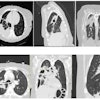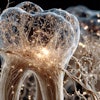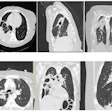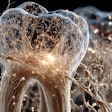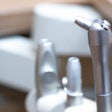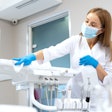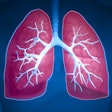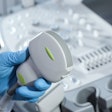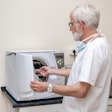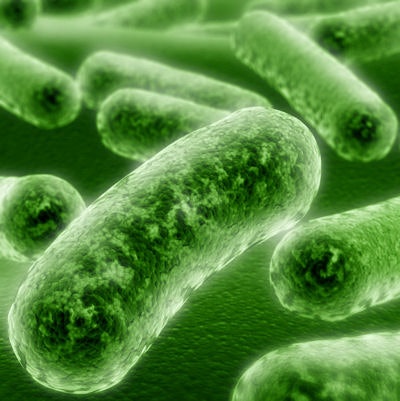
Dentists may think that flushing their office water lines with disinfectants eliminates bacteria and fungus and meets infection-control guidelines. But a new study in Pathogens and Disease found that patients and dental staff remain exposed to the risk of infections even after water lines have been flushed using industry-standard sterilization techniques.
Chemical disinfectants are widely recommended to lower the microbial contamination in dental unit water lines, the French researchers noted in a study published online in Pathogens and Disease (September 13, 2016).
"The occurrence of potentially pathogenic microorganisms in these treated [water lines] demonstrated a potential infectious risk for both patients and dental staff," wrote the authors, led by Damien Costa from the University of Poitiers in France.
Decontamination methods
Microorganisms can enter water lines through the water supplying the dental chair unit or through the suction of biological fluids from the oral cavity of patients through antiretraction devices that aren't functioning properly, the authors explained. These microorganisms can cause infections, such as in the 57 children hospitalized after having pulpotomies at a Southern California clinic, which health officials have traced to the clinic's water lines.
The researchers wanted to see if using two disinfectants commonly used in Europe would be effective in eliminating bacteria and other microorganims in dental water lines from the incoming water supply to output water.
Disinfection only had a limited effect on eliminating bacteria in the water lines, and its impact was not enough to meet ADA standards, they noted.
“Results clearly suggested that patients and dental staff remained exposed to a potential infectious risk even though dental unit water lines were submitted to disinfectant associated with flushing processes.”
The researchers examined three 8- to 12-year-old water lines in dental clinics in Poitiers, France, which had been treated with two disinfectants, Calbenium (Airel-Quetin) and Oxygenal 6 (KaVo). They analyzed water from the dental offices' water lines following weekends, on weekday mornings, and at the end of the day after patient care. Water was collected from incoming tap water and the output of turbine handpieces after periods of stagnation and dental care activity.
The water lines were flushed every morning to reduce microbial accumulation from overnight stagnation. Two water lines were subsequently treated with 2% Calbenium. A third water line was treated with 0.3% Oxygenal 6. This water line was also treated with Oxygenal 6 at 3% for 45 minutes on Friday afternoons.
The researchers found all the water lines contained a range of microorganisms after flushing and disinfecting treatments. These microorganisms included bacteria, fungi, and protists, which are eukaryotic organisms that are not animals, plants, or fungi. Water stagnation produced a biofilm in the water lines and was also a factor in the microbial contamination of the lines, the authors noted.
In both water lines treated with Calbenium, the researchers found significant decreases in the amount of bacteria in the water after it had been used to treat patients, compared with the output water after it had stagnated in the water lines. This finding suggested the efficacy of Calbenium to minimize the bacterial diversity in the water lines, according to the authors.
In the water line treated with Oxygenal 6 at 3% for 45 minutes before the weekend, the researchers found a 58.2% decrease of bacteria when measured after the weekend. The significant decrease in bacteria suggests that Oxygenal 6 used as a shock cycle before weekends could effectively control the influence of water stagnation on the bacterial diversity in the water lines, the authors wrote.
Water quality tests needed
The authors acknowledged the small number of offices involved in the study in their conclusion, but they argued that the study findings show the need for dental practices to consider disinfection approaches that target both the density and diversity of bacterial and fungal communities.
Dentists should conduct regular microbial water quality tests to ensure that the water in their practice does not harbor unsafe levels of bacteria and fungus, they recommended.
"Results clearly suggested that patients and dental staff remained exposed to a potential infectious risk relevant even though [dental unit water lines] were submitted to disinfectant associated to flushing processes," the authors concluded.
